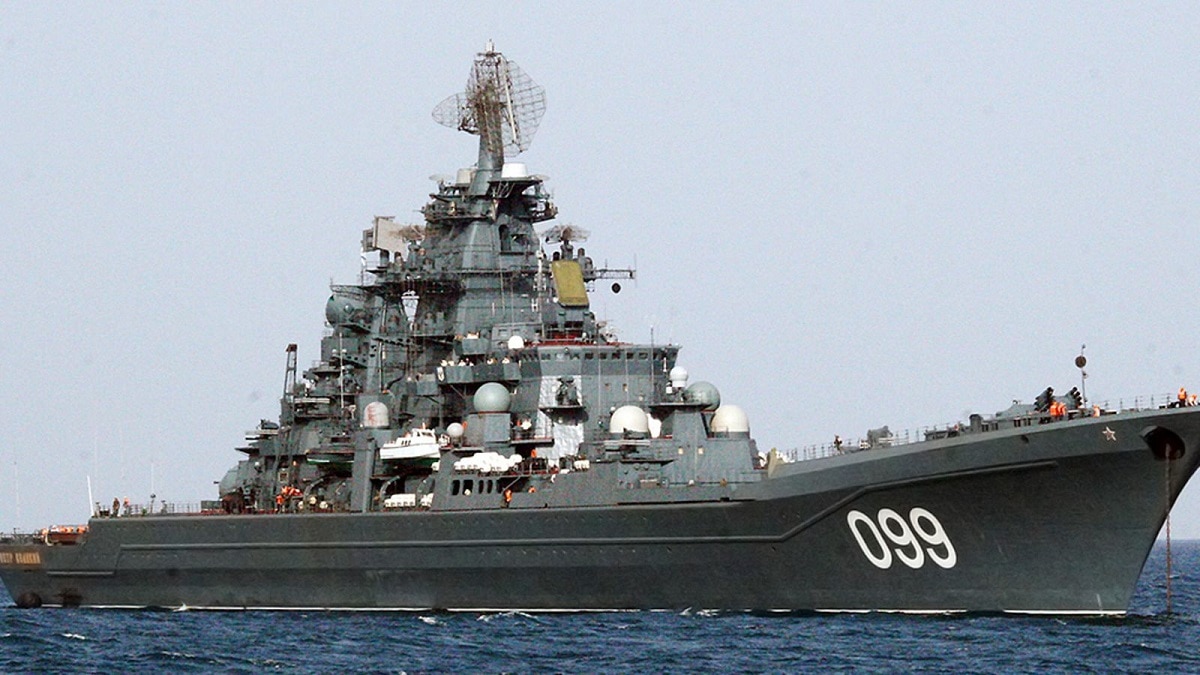Much attention has been focused on the growth and modernization of the Chinese People’s Liberation Army Navy (PLAN), which became the largest naval force in the world last year.
However, Russia has also been undertaking its own modernization efforts and this year the Russian-based United Shipbuilding Corporation (USC) plans to deliver five new and two repaired warships this year.
“This year, our program stipulates seven delivery orders,” said Aleksey Rakhmanov, head of the USC, in an interview with the state broadcaster Rossiva-24 TV channel, according to Tass. “This relates to the construction of new ships plus two more vessels from repairs.”
Rakhmanov said the USC’s program was quite large, and this year’s delivery of seven warships follows even more from 2020.
“Last year, we delivered 11 ships and vessels: three were from repairs and the others were built,” he added.
The USC chief didn’t specify exactly what seven warships will enter or return to service with the Russian Navy, but in April the Cold War-era frigate Marshal Shaposhnikov (BPK 543) was deployed to the Sea of Japan to take part in the second stage of shipbuilder’s sea trails after being rearmed with Kalibr-NK and Uran cruise missiles during its recent upgrade and refit.
The fully modernized Kirov-class nuclear battlecruiser likely won’t return to service this year, and the Russian Navy will instead feature many smaller warships including corvettes and frigates – albeit armed with increasingly powerful weapons.
The New Russian Navy
According to Business Insider, the Russian Navy operates around 360 vessels of all sizes, but the large guided-missile cruisers and destroyers of the Soviet era have largely been replaced by those smaller warships.
Thus Russia’s Navy is largely engaged in its “rebuilding phase,” and is refocusing away from the Soviet navy’s blue-water force that numbered upwards of 650 ships by 1990. That fleet included seven aircraft carrier cruisers, seventy-three guided-missile cruisers and destroyers, and as many as 260 submarines.
After the breakup of the Soviet Union, the Russian military inherited the fleet – but couldn’t afford to operate or even maintain most of it. Instead, the focus was placed on the larger vessels, and now decades later Moscow has learned that bigger isn’t better.
“Basically, they’re building subs and small surface combatants,” Mark Cancian, a senior advisor at the Center for Strategic and International Studies and a former Marine Corps colonel, told Business Insider. “That represents primarily a home-defense force, although they retain some ability to send forces overseas.”
While Russia’s warships are smaller in size than NATO counterparts, and the result has been seen to be more of a “green-water” naval force that can protect Russian interests close to home. However, the larger vessels still allow Russia to show its presence around the world.
The smaller ships, armed with increasingly long-range weapons, could be just what Moscow needs – small but effective warships that are easy to produce and not all that expensive. The Kalibr missiles could provide those ships with the capabilities of vastly larger warships, but Russia is also looking to arm many with its Tsirkon hypersonic missiles. That could essentially make its small warships akin to the Russian Army’s mobile launchers.
Russia may not ever have the largest navy in the world, but it is on track to have a very capable force that can still strike targets around the globe.
Peter Suciu is a Michigan-based writer who has contributed to more than four dozen magazines, newspapers and websites. He regularly writes about military small arms, and is the author of several books on military headgear including A Gallery of Military Headdress, which is available on Amazon.com.

